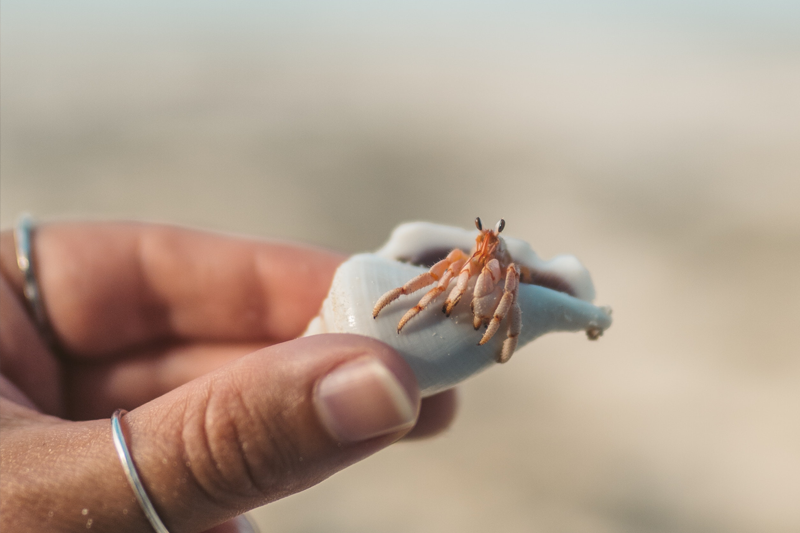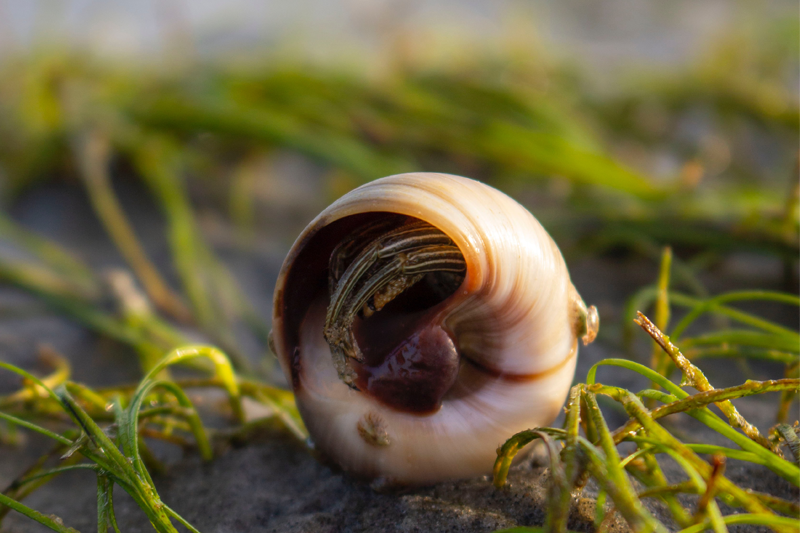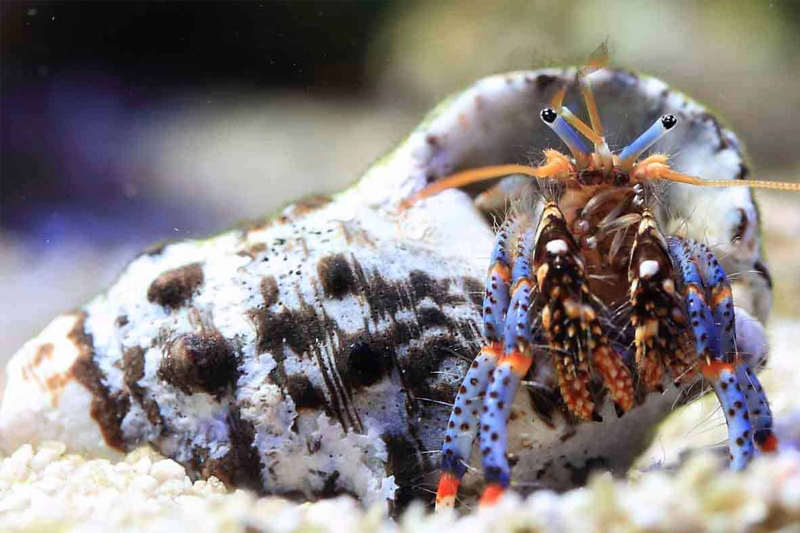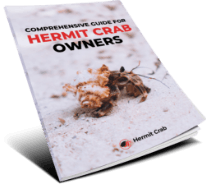Think of the substrate as their “lazy boy” couch. They like to “chill” there during the day since like as mentioned earlier they are nocturnal. And in the wild they go out of their substrate and then scavenge for food during night time.
So it’s really crucial for you to provide a proper substrate for your hermit crabs since this is a factor for their well-being and lifespan as well. Failure to do so might result in stress in your hermit crab and health deterioration.
In this article, we will be discussing the options that you can choose from.
Sand
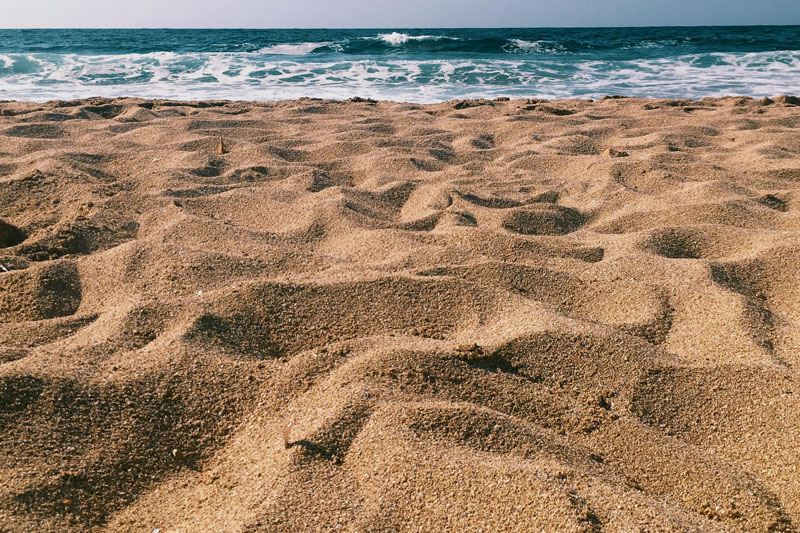
Sand is quite common and the best choice for your hermit crab. It’s not just beautiful and can hold moisture properly, but your hermit crabs can also easily burrow under it without the sand collapsing. And since it’s common, it means that it’s inexpensive as well.
You don’t need to buy like a heavy pound of hermit crab sand. You can buy 25-50 lb bag of play sand at your local hardware store. It’s just as good as the beach sands that hermit crabs used to.
Do note though that before you put it in your hermit crab’s tank, be sure to check for any insects that might be inside of it that will harm your hermit crabs. Also check its smell as well if there’s an odd smell or chemical-like smell. If it does, don’t use it as it will harm your hermit crabs.
Most commercially available sand is washed or sterilized before it’s packed and sold. But for assurance, it’s a good idea to rinse it, then bake it in the oven to be sterilized.
The depth of the sand that you’re going to put in your hermit crab’s tank should be enough for your hermit crabs size for it to fully immerse themselves in it. Should be also moist, you can add water to make it a bit damp but not too watery.
Forest Bedding

These are excellent substrates for your hermit crabs as well. Forest bedding consists of coconut fibers that are shredded finely that when you touch it, it feels like you’re touching soil.
The only downside with this is that these forest bedding tends to harden over time, so your hermit crabs have to dig a little to go underneath it. If you’re going to use this as substrate, just place the forest bedding in a bowl first, then add some water to it, then wait for the forest bedding to soak enough water that it will soften and break up easily.
To prolong forest bedding and make it healthier, add pre-arranged salt water. Your hermit crabs will love this since they will eat the substrate and this will give an extra mineral they need. But don’t rely solely on this as they will still the their daily need of fresh foods.
The other reason why forest bedding is an excellent substrate is because it holds moisture really well and it keeps the tank’s humidity at a good level. The another downside for using forest bedding is that is it can attract fungus gnats and when its starts to lay eggs, it will infest your hermit crabs tank. So be wary of it.
Other Options for Substrates
Some hermit crab owners tend to combine sand and forest bedding which by they way makes the best substrate for your hermit crabs since they are getting the best of both worlds. Plus, it provides a great consistency for your hermit crabs digging. Another option you can do is crushed corals which is common and according to some owners, their hermit crabs seems to enjoy this substrate as well.
Substrates to Avoid
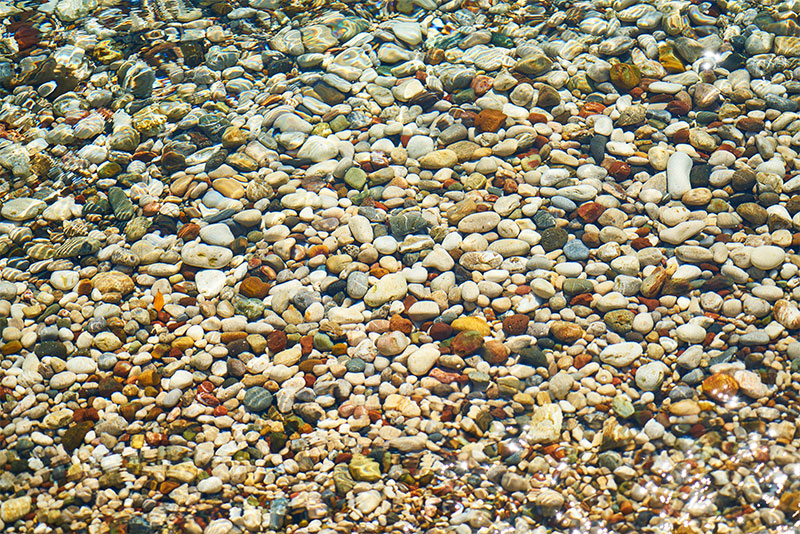
Now that were done discussing the suitable substrates, lets talk about the ones that you should avoid. Small river pebbles won’t be suitable since your hermit crab won’t be able to go underneath it plus they don’t properly hold moisture. Water can also stay under these pebbles so they are not recommended to be used as substrate.
Potting soil should be avoided as well since they contain pesticides and other chemicals that are used for preventing pests. This could be harmful for your hermit crab as they might ingest this resulting to getting sick or worse, dying.
Moss is also discouraged since this promotes bacterial growth, which again, harm your hermit crabs and will also attract bugs that will be a pain to deal with.


